
Preview
Material for Exam 4 - Fall 2005
Print
the PDF version (no pictures, better printing)
In a large inlet near the Arctic Circle in Scandinavia is a small group of barren islands. Because of changing weather patterns, and a serious storm, seeds from some flowering plants were blown onto the island where no other flowering plants had been before. At the same time a few of the small beetles that pollinate the flower were also blown to the island. From this initial population, a series of populations of these flowers began to grow on the island over many, many generations. Those that grew closer to the seashore became increasingly more tolerant of the salty conditions and grew shorter, tougher leaves. Those that grew at the higher elevations were shorter but produced darker leaves that absorbed more heat. Another form of the plant grew on the portion of the island shaded by rock formations and these flowers grew taller and produced broader leaves. Several other uniquely adapted populations also arose on the island. Although all of the populations had the same color flowers, the blooming of each population occurred in one of a series of two-week periods; no population bloomed at the same time as another.
The beetles that pollinated each population of flowers synchronized their
breeding so that each population mated and laid eggs right after the flowers
bloomed. The eggs overwintered at the base of these plants and they completed
their metamorphosis just as the flowers were blooming. The beetle larvae
ate a moss that grew on the island. To attract females, the males performed
a ritual courtship dance on the petals of the flowers that they pollinated.
The males that danced most vigorously first thing in the morning attracted
the most mates. Research has shown that males, that were able to produce
a particular enzyme, metabolized glucose faster and at a higher rate when
the ambient temperature was low. This resulted in these males being able
to move faster earlier in the day. After mating, the females crawled to
the base of the plant, laid about 100 eggs and died. Their bodies provided
nutrients for the mosses on which their young fed. Males continued to dance
on the flower until it withered, then the male carried pollen to the next
flower and began dancing to attract another mate.

 source
source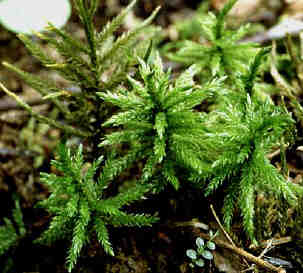 source
source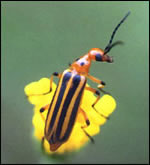 source
source source
sourceDinoflagellates are abundant unicellular algae found in both marine (saltwater) and freshwater ecosystems. There are several thousand species of dinoflagellates and each has a characteristic shape that in many species is reinforced by internal plates of cellulose. Cellulose is assembled by linking together glucose molecules.
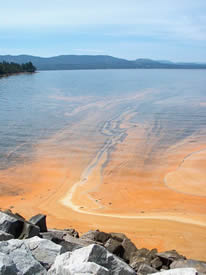 source
source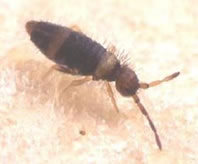
source
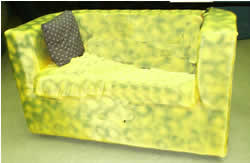 source
source| Temperature OC |
15 |
20 |
25 |
30 |
| Sq. cm mold eaten |
145 |
150 |
246 |
298 |
| Spring distance (cm) |
1.8 |
3.3 |
5.4 |
8.1 |
Dr. Pidley at BSU notices that one of the mice in her lab is much heavier than the rest. She notices that he eats more and that all of the female mice spend a lot more time with this mouse than all of the other males. She has read about the research on leptin and decides to do some investigating as to whether the cause of this animal’s condition is related to the leptin hormonal pathway.
Dr. Pidley establishes a mating cross and waits to see what offspring result
from the mating of the large mouse and all of the normal looking females.
The offspring (Generation F1) were all normal looking and when
they matured, they started breeding among themselves and produced the following
offspring:
| |
Large |
|
| Male |
186 |
62 |
| Female |
186 |
58 |
Dr. Pidley names the large phenotype, Bulbous, and the mouse himself, Mr. Big.
Dr. Pidley returns to the question of the cause of the affliction and decides to measure the leptin levels in the bloodstream of Mr. Big and a Normal mouse. She finds that Mr. Big’s level was 20 µg/l and the Normal mouse’s was 1 µg/l.
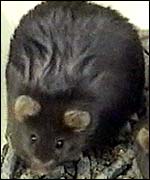
source
 source
source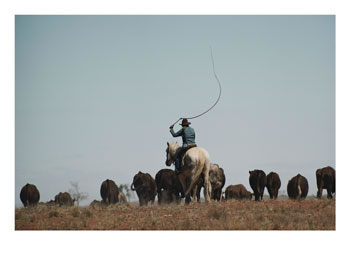
source
The paralysis ticks rear their ugly heads once more:
Our Australian rancher is really
interested in population growth and before establishing her own ranch she
worked for 3 years at a large cattle ranch in
| Year |
Births |
Deaths |
| 1 |
90 |
6 |
| 2 |
180 |
20 |
| 3 |
200 |
28 |
 source
source